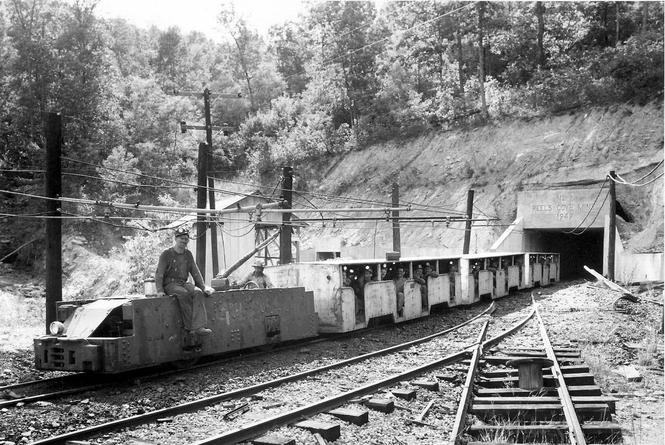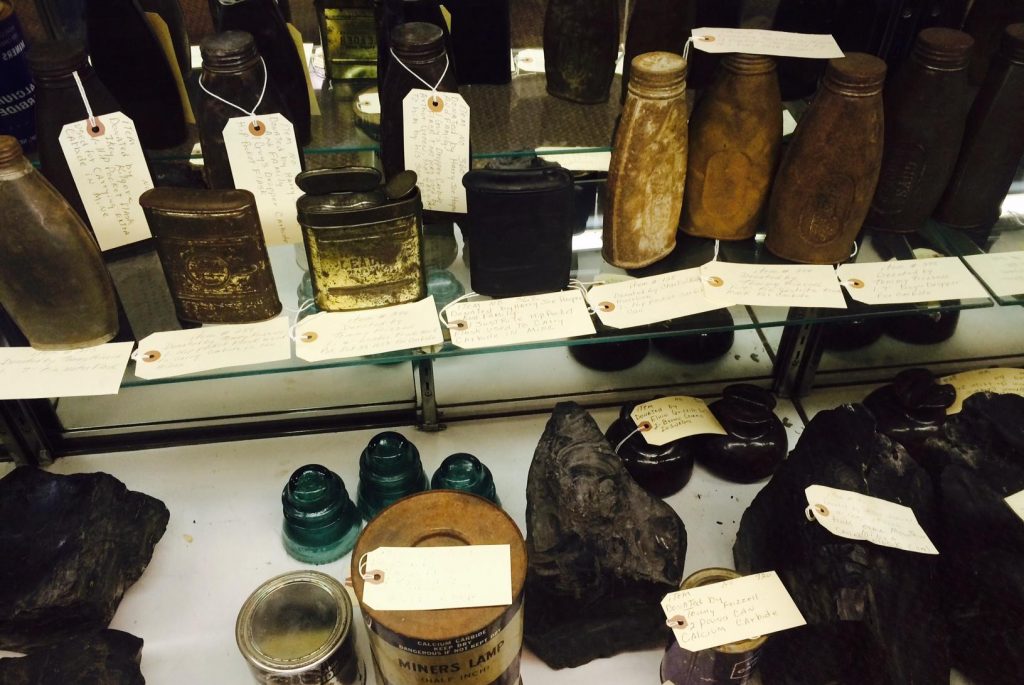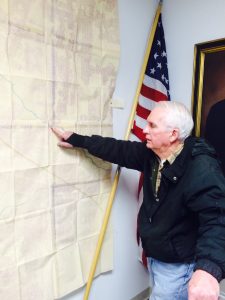
Coal Miners Museum in Whitwell TN steeped in history
Visit the Marion County Coal Miners Museum in Whitwell to learn more about coal mining in the Sequatchie Valley. There is no admission fee, but donations are welcome. Call 423-658-6868 for hours and additional information.
The Coal Miners Museum in Whitwell, Tenn., offers storytelling in its most engaging form: from the mouths of those who experienced it. The museum operates out of an unassuming building on Main Street, just down the road from the old mines and coke ovens on the side of Cumberland Mountain (also known as Olive Mountain). The volunteers who work at the museum are all retired coal miners, and their stories about the relics left behind from coal’s bygone era bring the museum to life.

Coal mining operations set up shop in the southern Appalachian Mountains in the 1800s. Tennessee was once one of the largest coal producers in the United States, aided by the construction of the Nashville and Chattanooga Railroad in the mid-1800s. Southern coal – a high-grade bituminous coal – was a better quality than northern coal and was delivered to American consumers at a lower cost, according to Coal Mining in the Cumberland Plateau, 1880-1930.
Whitwell (formerly the town of Cheekville) was established in 1877 as a mining community. Immigrants came from Great Britain and Europe to get in on the action of coal mining and coke production.
Museum relics showcase a community entrenched in the mines in all aspects of life. The camaraderie of the men who worked in the mines is palpable, and every item tells a story. Generations of coal mining caps and helmets, dating back to the mid-1800s, are displayed. One of the oldest is a child-sized cap with a metal bracket and lamp on the front for light.
Coal miners used to ride the rails down the mountain after work on a “rail horse,” and the museum has one on display next to a black and white photo of a miner using one. Metal hooks that look like oversized diaper pins and numbered tags are spread along a counter. Miners would attach their numbered tag to each 1-ton cart of coal they filled so they could get paid. In the early days, they were paid 87 cents per ton of coal. Young boys were issued half tags, so a father would attach that if his son had helped, as well.

The museum also places light on coal’s dark shadow. Photos of men in cramped spaces covered in black soot only suggest what miners endured.  A stone with “1877” scrawled in grease over a century ago bears witness to the date when the first death occurred in the mine.
A stone with “1877” scrawled in grease over a century ago bears witness to the date when the first death occurred in the mine.
In 1981, one of the worst mining disasters in the coal industry took place at the Whitwell mines. A giant map on the wall reveals a honeycomb of shafts more than 200 feet below the surface of the Sequatchie Valley and a red tack marks where 13 men died after a blast that occurred at No. 21, nearly 5 miles from the entrance to the mine. A cigarette lighter apparently touched off a methane explosion in the mine.
Later, the United States Department of Labor accused Tennessee Consolidated Coal Company and Grundy County Mining Company of failure to evacuate workers from a methane-laden shaft, to adequately ventilate the shaft, and to enforce a federal regulation prohibiting smoking materials in a mine. Coal mining remained a significant industry in Whitwell until 1996, when the mines went bankrupt.
Read Southern writer Sean Dietrich’s touching essay about visiting the Coal Miner’s Museum.









